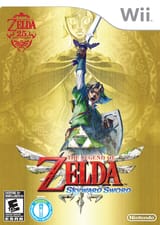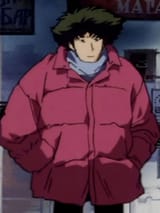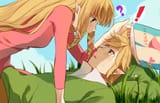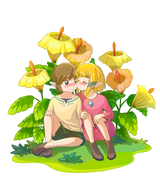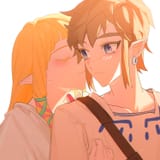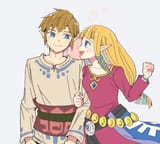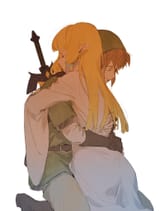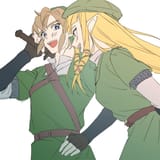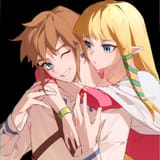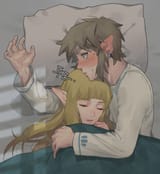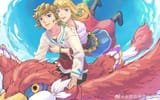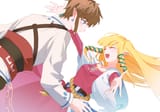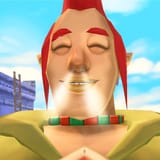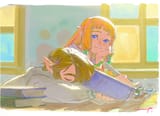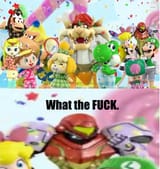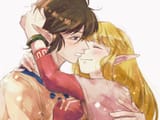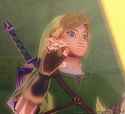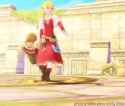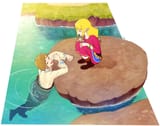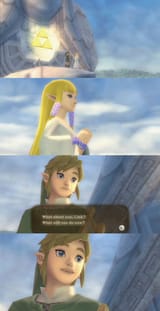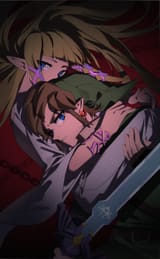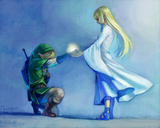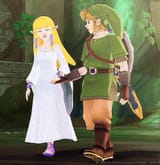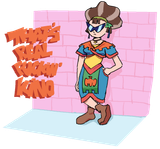>>717687084
Nah. I think every switch-flipping thing in SS ultimately sticks to a design pattern of "Learn, then play, then get gratification" which is also the same as BotW. It's Fujibayashi's approach to game-design, and i can't help but think it's better justified than the problem OoT-formula games always had, where there really isn't much to do with items you got 4 dungeons ago, thus creating extraneous gameplay that never quite fulfils itself.
BotW did 1 thing I think could be used again, which was to give each dungeon its own specific play mechanic, that only works inside the dungeon. That's a way of designing the game around the dungeon's theme but not letting it go to waste after the fact.
But ideally the game I want is like ALttP in 3D, with a solid narrative, and the dungeon items have significant purpose outside. Basically if Majora's Mask had you get masks in the dungeons, and then use those to complete the Bomber's Notebook. I basically liked that implementation, although sometimes getting a mask in itself felt pretty pointless in those side-quests.
BotW definitely understood those flaws by letting you get all your tools from the outset, to then base the rest of the game around utilizing them to the fullest, but it lost the aspect of "evolving gameplay" that Zelda is known for.
I think of Zelda like Prog Rock. It starts in one rhythmic pattern and feels like 1 type of song. But then there's a shift and suddenly the whole song is different, and moves to a complete third section. But a lot of good Prog Rock eventually folds back the motifs of the beginning back into the finale, and I find that good Zelda games do this, but TP was one where I felt there were too many stretches of "This kinda lost its own plot". And while SS may do so narratively with too much padding, each segment has a pretty specific level design you have to go through, which keeps it really solid as a game.
